Glossary
Explore our curated list of essential terms related to the design, engineering, and production of light pipes, panel mount indicators, and LED displays.
The Ultimate Status Indicator Glossary
Deepen your understanding of the concepts, terminology, and product names we use in the world of VCC. We encourage you to bookmark this page and revisit regularly, as we continually update it with new definitions.
-
Lamp life
A bulb’s lamp life is the estimated duration of the light’s performance, as measured in hours.
For LEDs, the lamp life is typically 50,000 – 100,000 hours, while an incandescent bulb’s lamp life may be 1,000 hours.
-
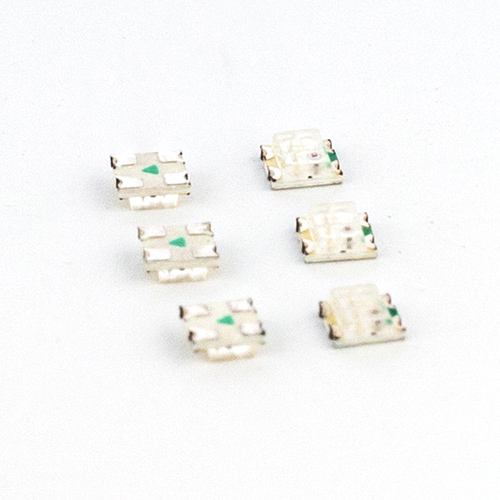
LED
An LED is lighting technology that uses light-emitting diodes to illuminate a bulb. LEDs are very popular in indicators of all industries because of their properties and benefits.
From brightness and reliability to long life and energy efficiency, LEDs are the ideal technology for design flexibility in most applications.
-
LED Adapter
Depending on the design of the device, an adapter may be used to secure the LED to the light pipe. Different adapters may be needed for through-hole and surface mount LEDs.
-

LED Holder
LED holders are the foundation of a panel mount indicator, used to encase the LED lamp for attachment to the device.
Mounting hole diameter, working condition, and other design considerations help determine the appropriate LED holder. Some include additional accessories for moisture protection.
-
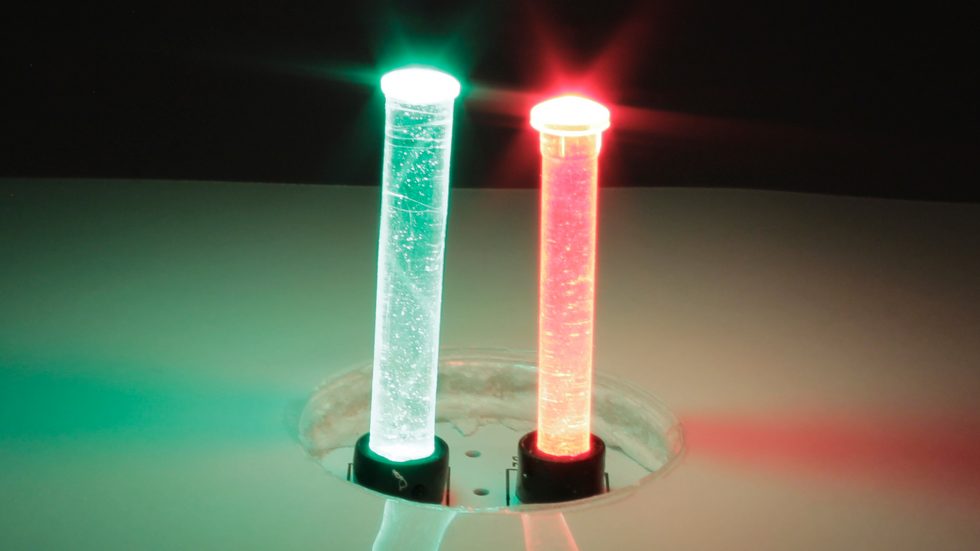
LED Light Pipe
An LED light pipe is a tube made of plastic, acrylic, or glass that sits over an LED on one end of the device and carries light from the light source to the control panel or HMI.
LED light pipes come in a range of colors and lengths, plus mounting options with their own pros and cons. For additional info on light pipes, check out our light pipes or FAQs page.
-
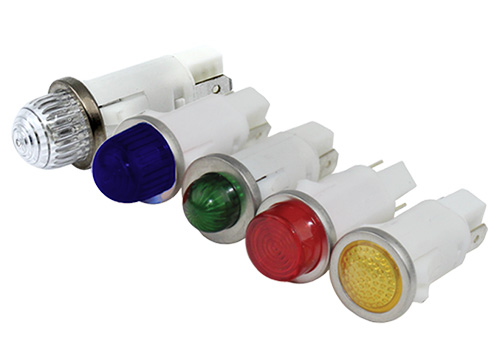
Lens Shape
LED lenses, or the caps at the top of them that are visible on the HMI, can take multiple shapes.
Each one has its own benefits for the end-user, including high daytime visibility, wide viewing angle, diffusing the light/uniform illumination, and aesthetic appeal.
-

Life Expectancy
Life expectancy of an indicator or bulb is the estimated duration of its performance. This number is typically measured in hours. Sample lamp life expectancies:
- LED: 50,000 to 100,000 hours
- Neon: 25,000 hours
- Incandescent: 1,000 hours to 1,500 hours
-

Light Diffuser
In the world of opto-engineering and light pipe design, a light diffuser can be any material that softens or diffuses the light as it transmits it.
This could be the lens of an LED or the face of a light pipe. The term light diffuser is often interchanged with light pipe.
-
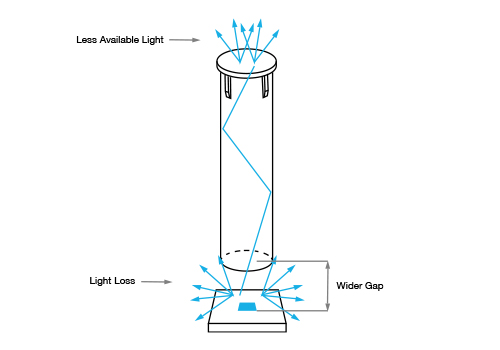
Light Leaks
Light leaks occur when some of the light that is meant to be transmitted to the exit point escapes at other places in the device, reducing efficiency and causing false readings.
Proper light pipe design techniques can be used to minimize light leaks, including spacing of the LED and light pipe, viewing angle and light pipe dimensions..
-
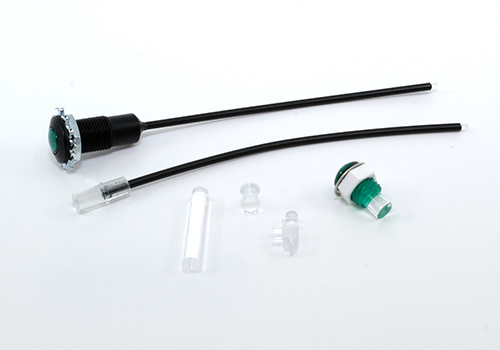
Light Pipe
A light pipe is a cylindrical rod made of glass or synthetic materials that carries light from the light source to the desired exit point.
Available in a variety of shapes, lengths, and optical characteristics, light pipes influence production efficiencies, visual communication, safety, and costs.
-
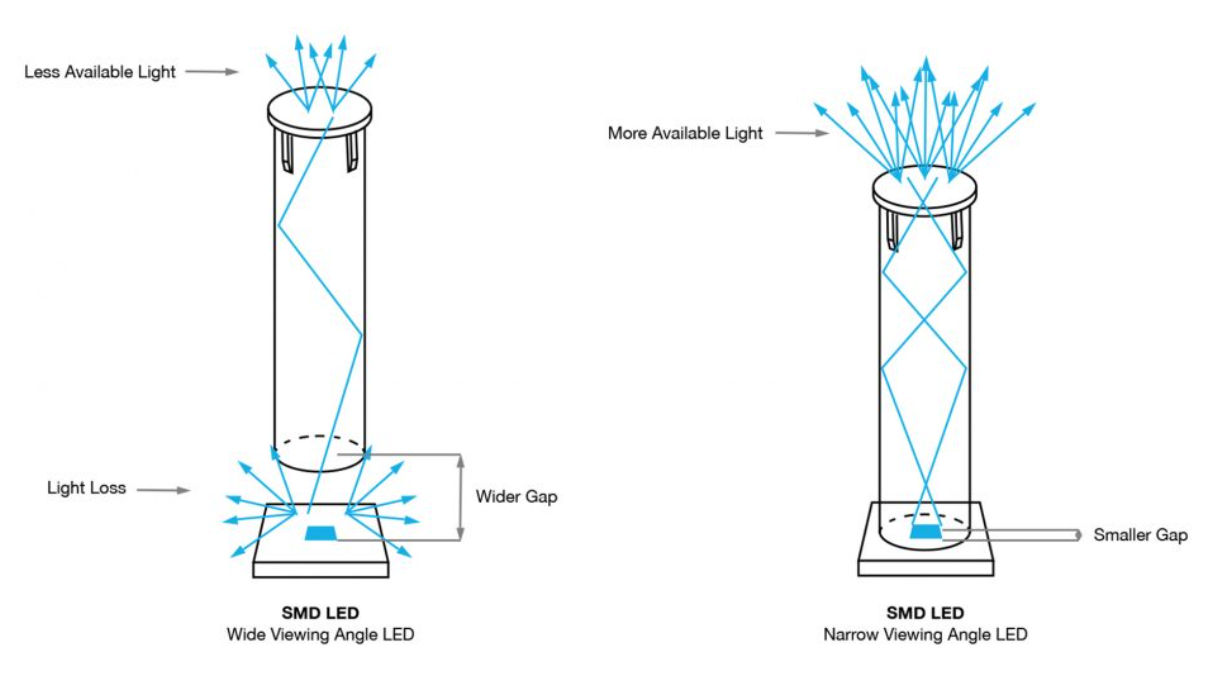
Light Pipe Position
The light pipe position is where and how it sits in relation to the light source. The closer the light pipe is to the LED or light source, the more you can minimize light loss.
A general guideline is to use an LED with a narrow viewing angle of 160 degrees or less and make sure there’s no more than 0.05” between the LED and the light pipe position.
-
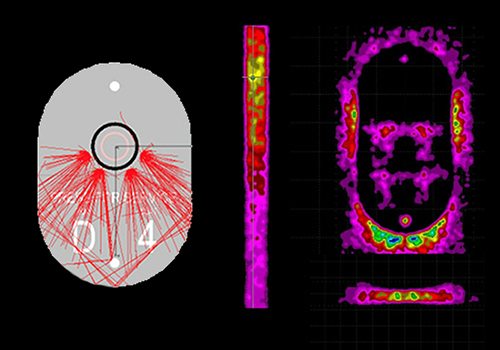
Light Ray Simulation
Optical light simulations calculate how a light pipe will perform within its device. This technique uses advanced software to project how and where any light leaks may occur.
Used for optimizing and validating the design, light ray simulation can dramatically improve the design and efficiency of a status indicator or device.
-
Long PMI Body
The body, or length of the PMI encasement or area that is threaded through the hole of the panel.
Some heavy-duty or ruggedized devices require a PMI with a longer body to accommodate the additional panel thickness, like our CDLB Series for panels up to .256” (6.5mm) thick.






